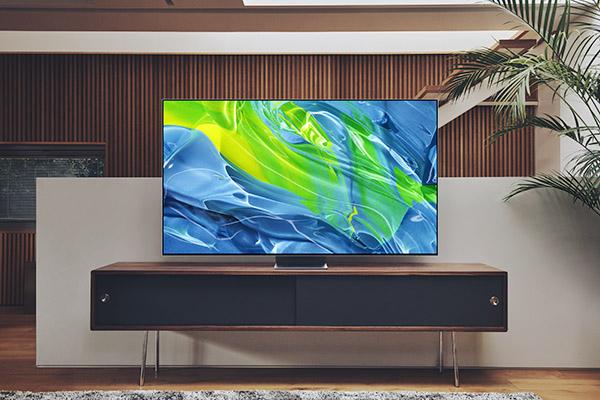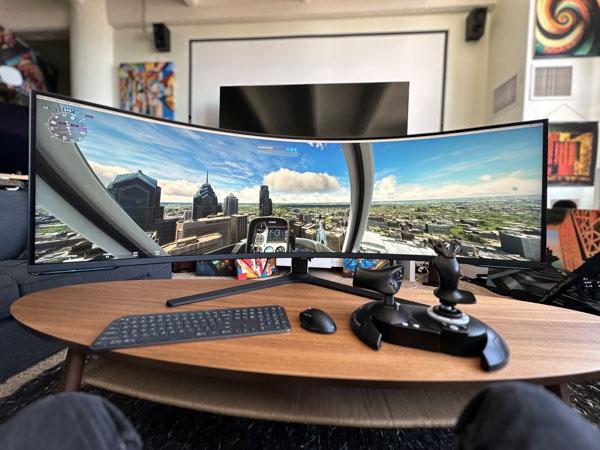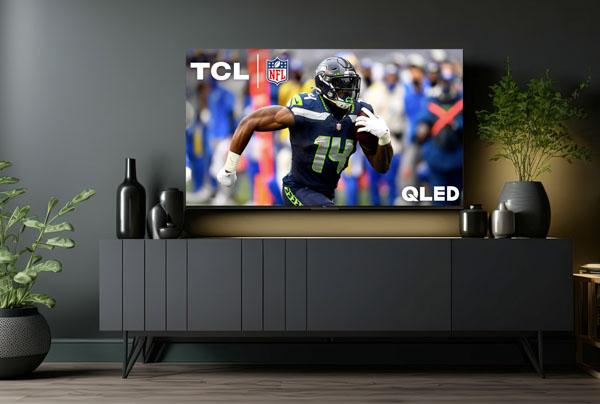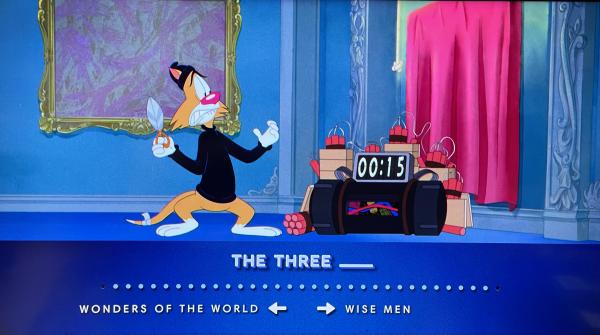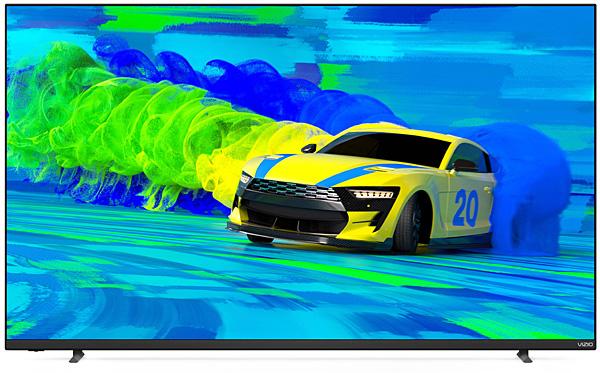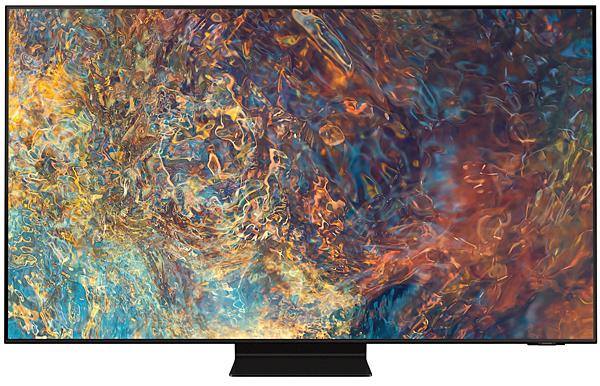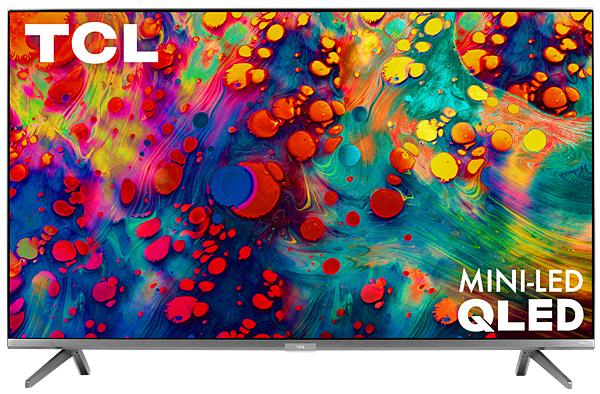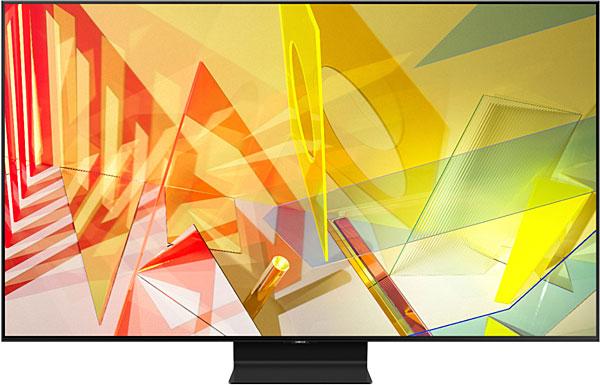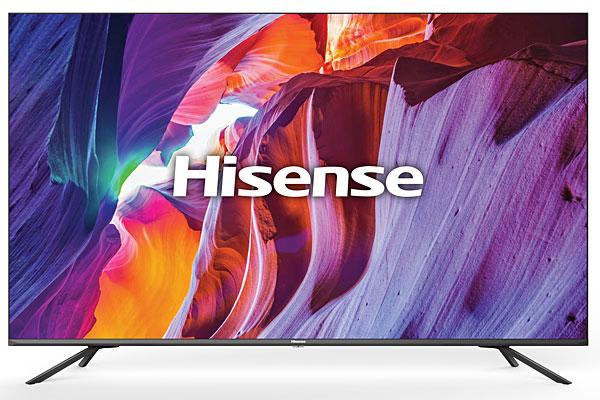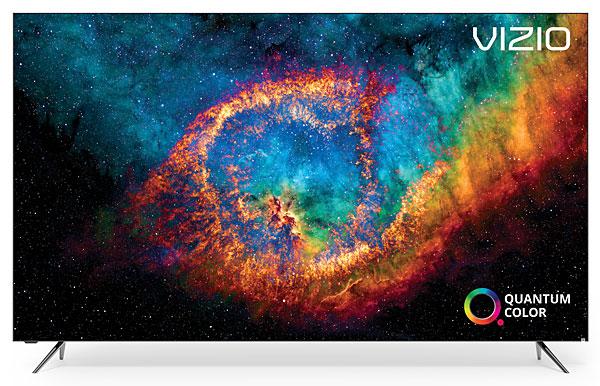LCD TV Reviews
Sort By: Post Date TitlePublish Date
|
Apr 25, 2025
|
Apr 09, 2025
|
Oct 12, 2024
|
Jun 13, 2024
|
May 15, 2024
|
Sep 18, 2023
|
Sep 05, 2023
|
Nov 10, 2021
|
Sep 08, 2021
|
Feb 17, 2021
|
Dec 16, 2020
|
Jul 15, 2020






